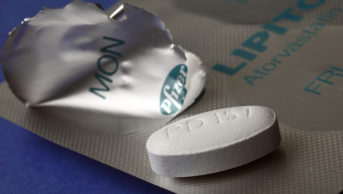Early treatment and timely follow-up of adults with hypertension are important factors in helping to reduce the risks of acute cardiovascular (CV) events and death, a UK study confirms.
“Our research supports the importance of avoiding delays in treatment and having follow-up appointments for patients with hypertension,” say the researchers in The
BMJ
[1]
.
The team, led by Alexander Turchin, from Brigham and Women’s Hospital, Boston, Massachusetts, obtained information on nearly 89,000 hypertensive adults who were treated at UK GP practices between 1986 and 2010. During a median follow-up of 37.4 months, 11.3% of the patients experienced an acute CV event or died.
Three features of patients’ medical management were associated with an increased risk of CV events or death: a systolic blood pressure greater than 150mmHg; delays of more than 1.4 months in intensifying medication after a rise in systolic blood pressure; and delays of more than 2.7 months before follow-up after antihypertensive medication intensification.
Guidelines on the management of hypertension differ in their thresholds for initiating treatment. The National Institute for Health and Care Excellence recommends treating patients with systolic blood pressure between 140mmHg and 160mmHg only when other CV risk factors or end-organ damage are present. And NICE makes no specific recommendations on how long to wait before intensifying antihypertensive therapy.
In this study, most patients were not followed-up within the optimum 2.7-month window. “Timely achievement of blood pressure targets and regular follow-up may be important factors in minimising the risk of adverse cardiovascular outcomes,” the researchers conclude.


